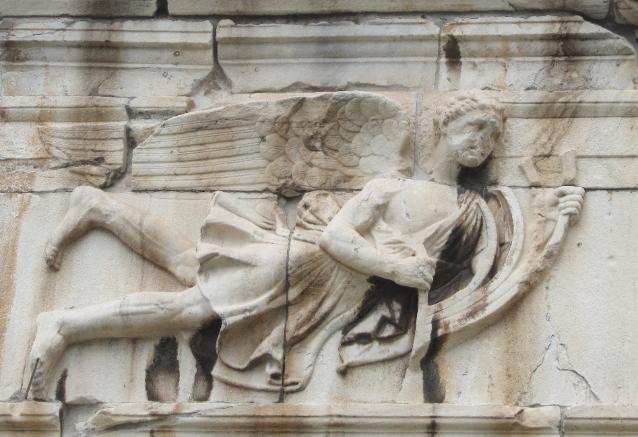
Where We Be
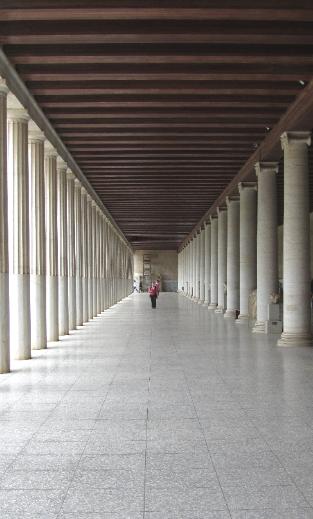
| Athens, Greece |
| Robin stands in front of the Parthenon -- definitely on our all-time "must-see" list |
| One of the few intact ceilings left on the Acropolis |
| Irresistible patch of poppies on the hillside leading up to the Acropolis |
| Directly below the Acropolis are two amphitheaters. This is the Theater of Dionysus. |
| Now we're down from the Acropolis and looking across the Greek Agora at the Temple of Hephaestus, considered the best-preserved Greek temple |
| This is the Greek Agora (marketplace) -- once the heart of ancient Athens |
| Our final stop was the Roman Agora, just east of the Greek Agora. Built in the 1st century BC, it became the city's main market at that time. |
| The only building of note still standing in the Roman Agora is the octagonal "Tower of the Winds" -- an ancient clocktower. It features this carving showing one of the eight wind deities. |
| The Acropolis ("High Place") from a distance. Modern Athens sprawls all around its base. |
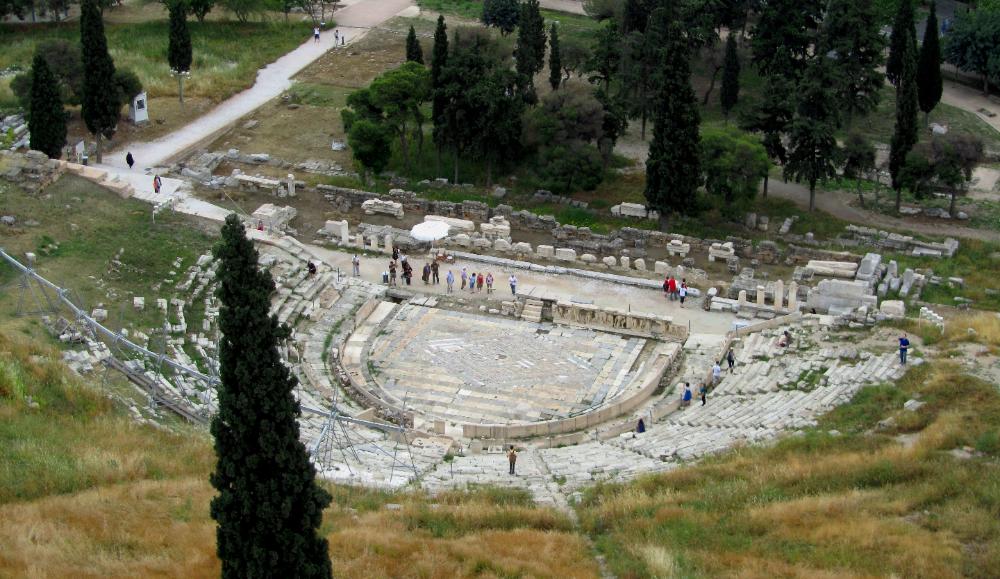
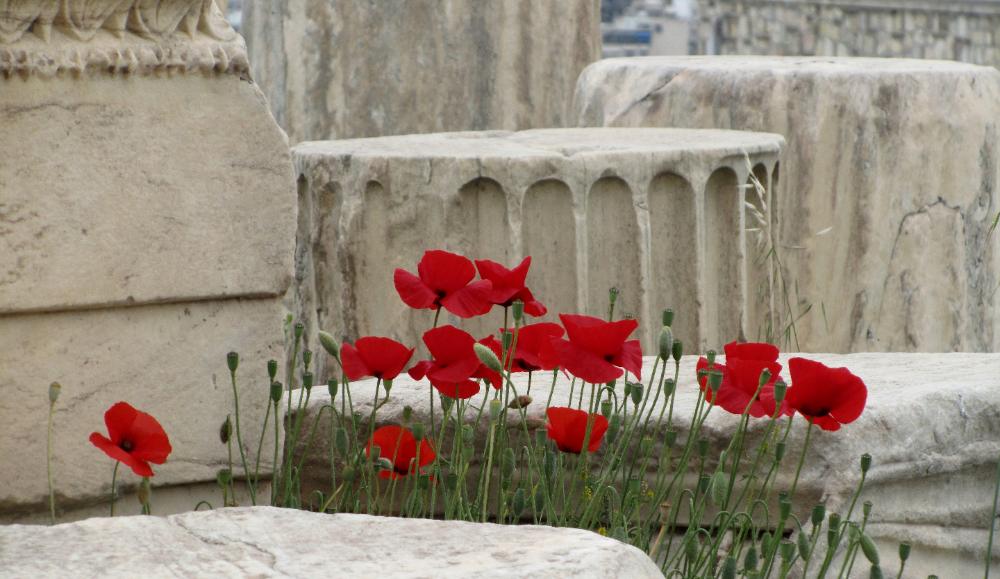
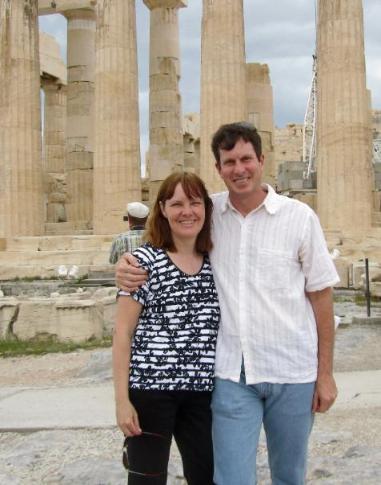
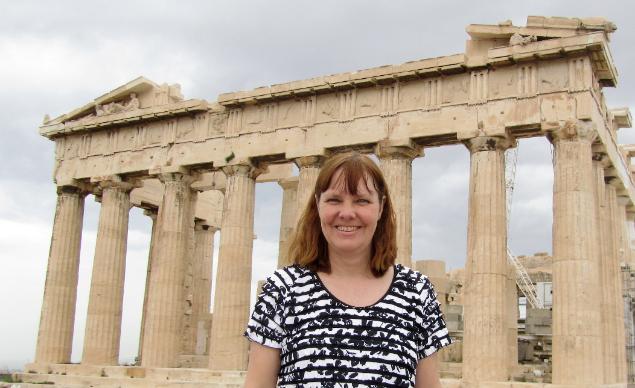
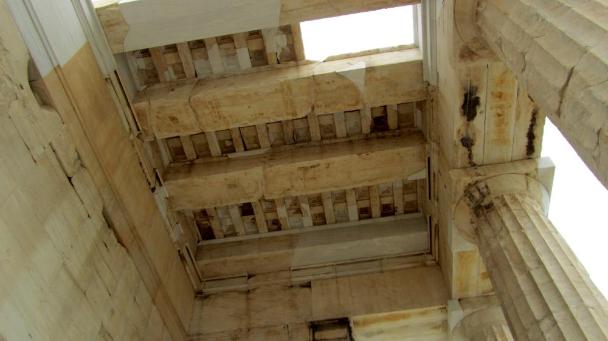
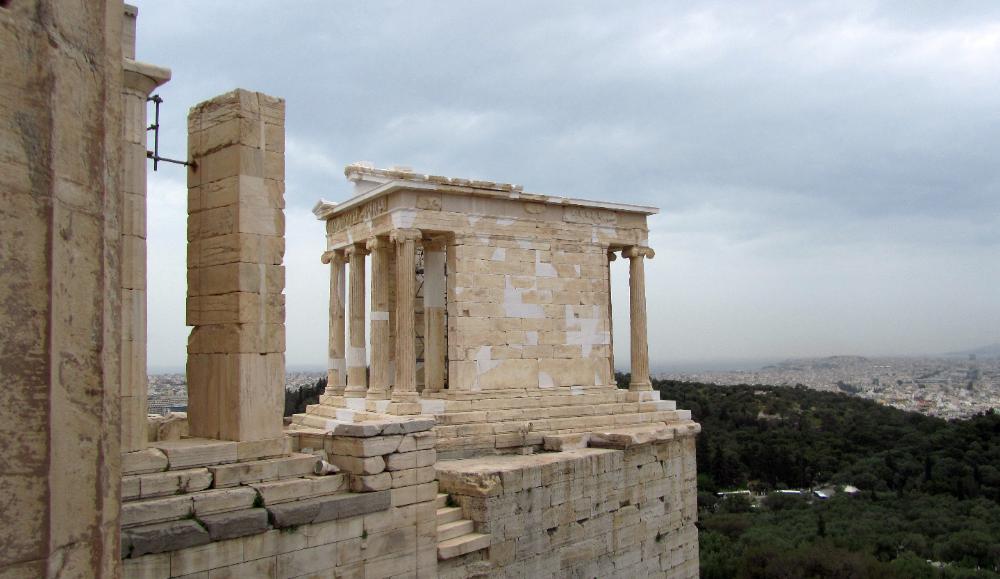
| All Athenian roads lead to the Parthenon |
| Looking down from the Acropolis, you can see the Temple of Olympian Zeus. Only 13 of the 104 columns survive but it was once the largest temple in Greece. |
| Red poppies spring up amidst the ruins of the Acropolis |
| From the Acropolis you get a good sense of the sprawl of modern Athens, punctuated by occasional hilly outcroppings like Lycabettus Hill |
| We particularly liked the small temple of Athena Nike (480 BC) built near the edge of the Acropolis. It celebrates the Athenian victory over Persia. |
| The Erectheion celebrates Athena's victory over Poseidon in a contest they had to see who the city would be named after |
| The “maiden pillars” (caryatids) on the Erectheion |
| We took a lunch break in the Plaka, the historic neighborhood near the base of the Acropolis |
| The restored Stoa of Attalos looks completely modern, doesn't it? |
| The little Church of the Holy Apostles was built ~1000 AD -- so in other words, relatively modern! |
| Near the Roman Agora is Hadrian's Library (132 AD) |
Ho-hum! All we did today was see the birthplace
of Western civilization! Athens is no less than
the birthplace of Western democracy, medicine,
philosophy, drama, architecture, and literature.
When you stand on the Acropolis ("High Place"),
you're standing at the epicenter of one of the
greatest cultural earthquakes of all times. How
many government buildings are still modeled
on the Greek columns of the Parthenon? How
many books and movies stem from epic poems
like The Iliad and The Odyssey (think Ulysses and
O Brother, Where Art Thou?).
So, yes, it's a powerful thing to climb the stairs
to the top of the Acropolis and know Aristotle,
Plato, Socrates, and others stood here before
you. No doubt they marveled at some of these
same buildings, albeit in less ruined form. First
among equals, of course, is the Parthenon, built
in ~450 BC and dedicated to Athena -- Athens'
namesake goddess. This is the kind of place
where you just want to sit and soak up the
ambiance for a good long while.
of Western civilization! Athens is no less than
the birthplace of Western democracy, medicine,
philosophy, drama, architecture, and literature.
When you stand on the Acropolis ("High Place"),
you're standing at the epicenter of one of the
greatest cultural earthquakes of all times. How
many government buildings are still modeled
on the Greek columns of the Parthenon? How
many books and movies stem from epic poems
like The Iliad and The Odyssey (think Ulysses and
O Brother, Where Art Thou?).
So, yes, it's a powerful thing to climb the stairs
to the top of the Acropolis and know Aristotle,
Plato, Socrates, and others stood here before
you. No doubt they marveled at some of these
same buildings, albeit in less ruined form. First
among equals, of course, is the Parthenon, built
in ~450 BC and dedicated to Athena -- Athens'
namesake goddess. This is the kind of place
where you just want to sit and soak up the
ambiance for a good long while.
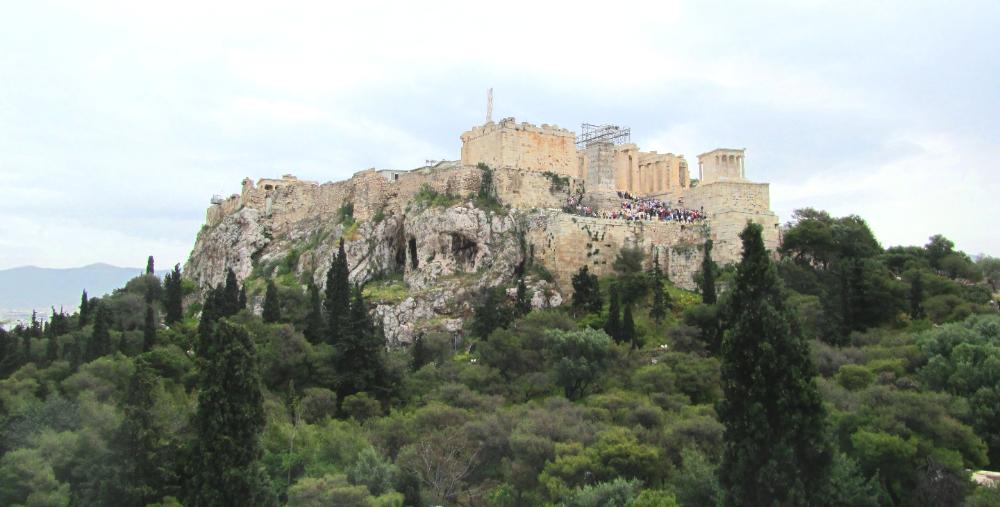
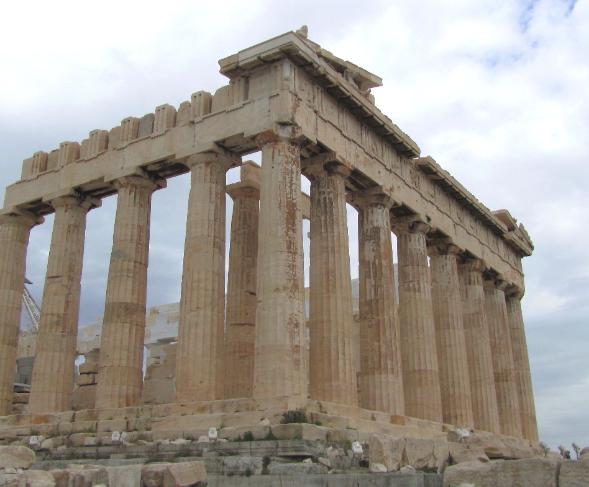
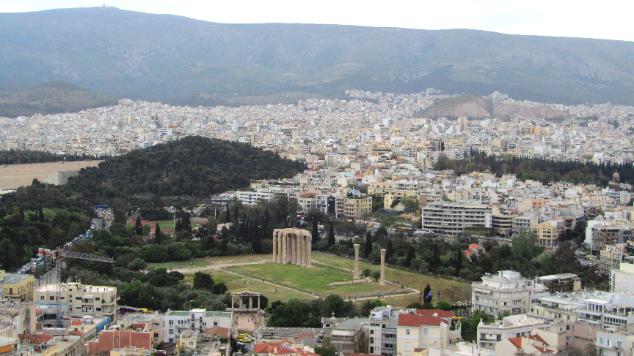
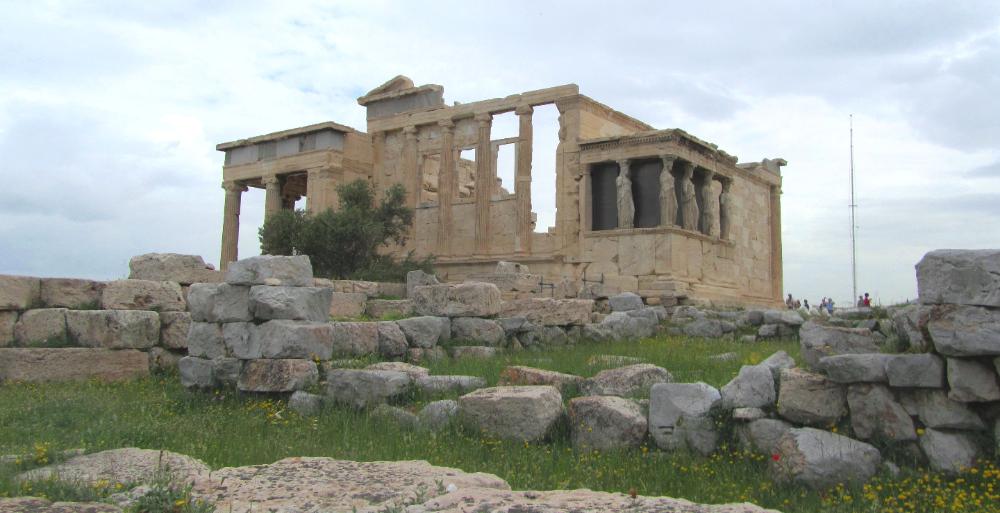
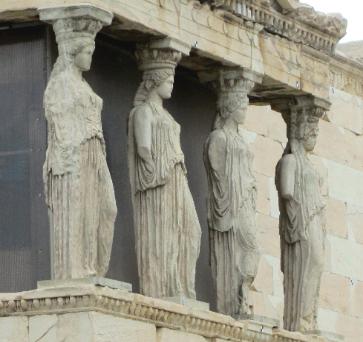
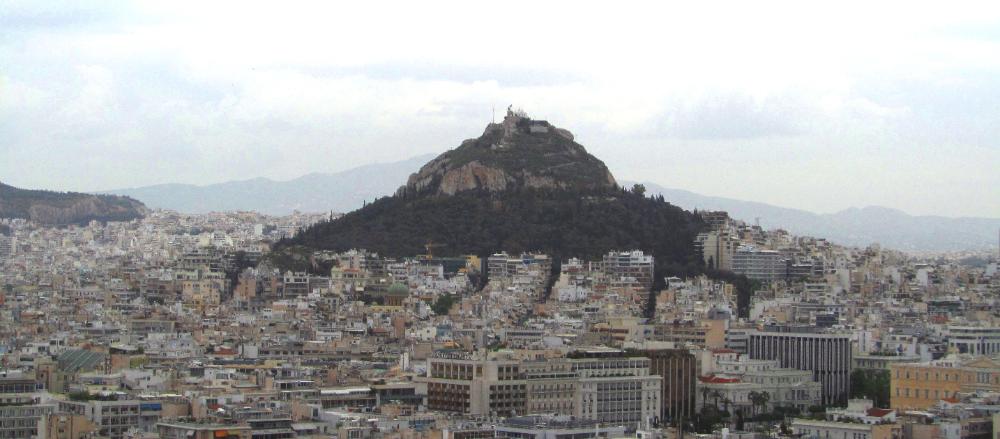
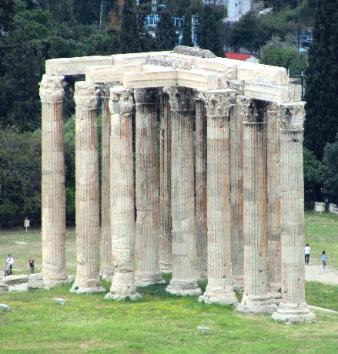
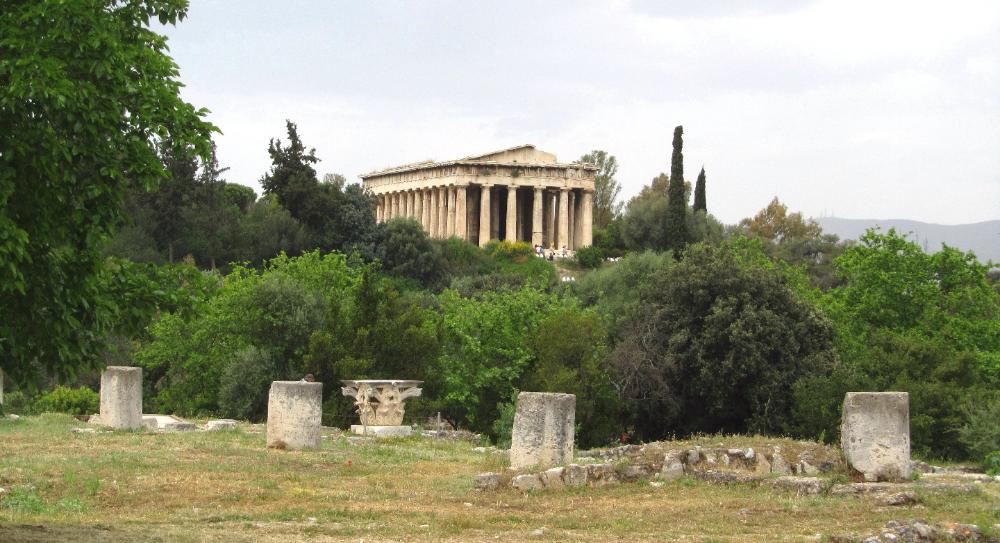

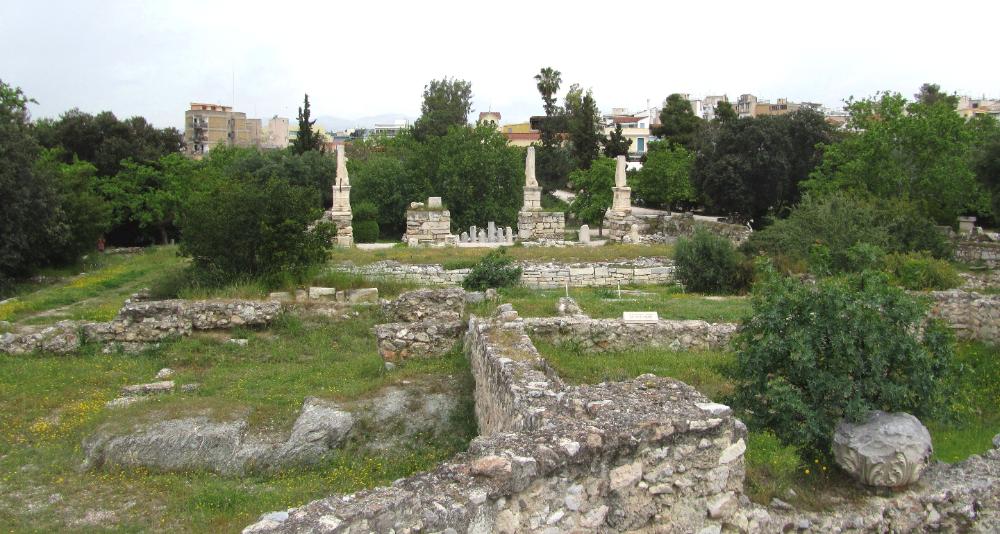
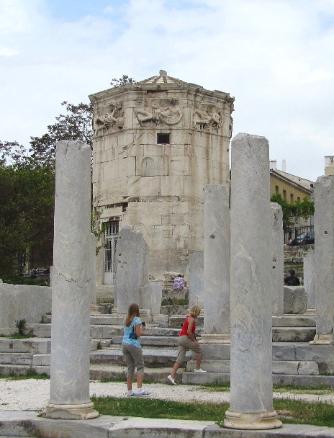
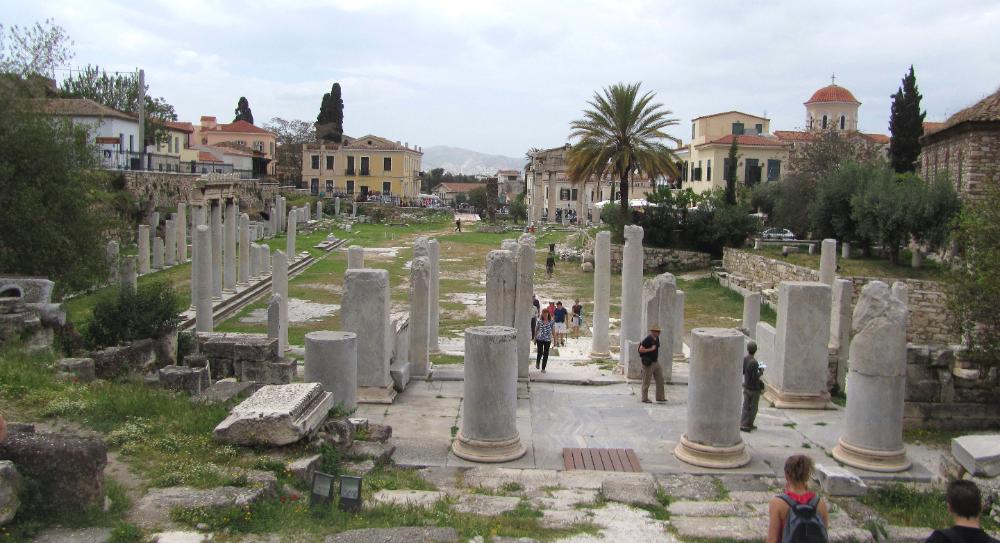
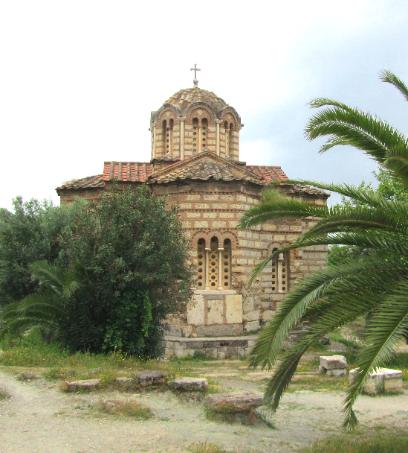
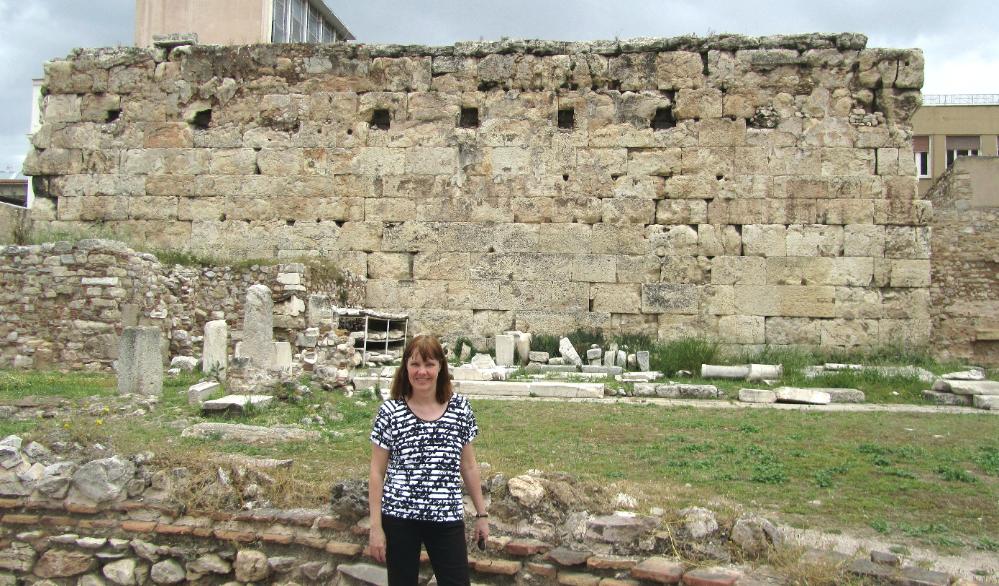


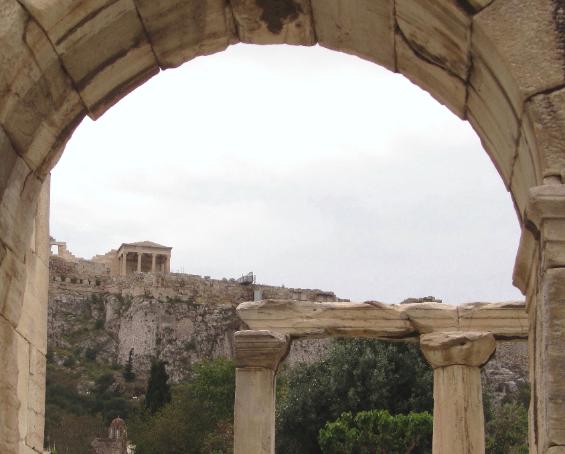
| The Parthenon as seen from an arch in Hadrian's Library |
